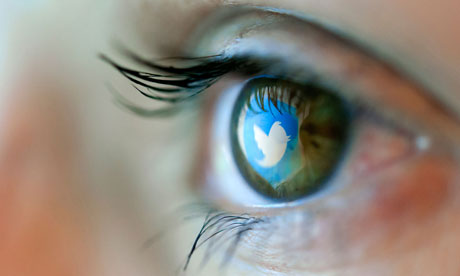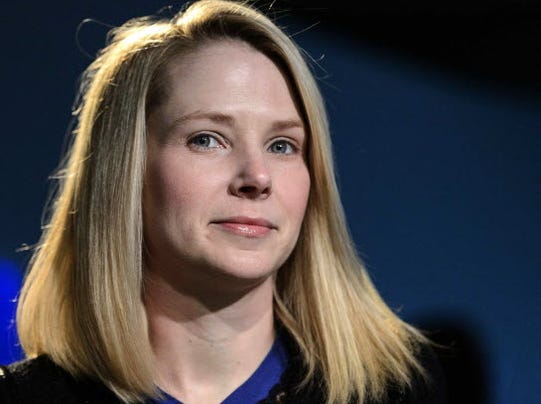 |
| (image credit) |
In How to Dramatically Increase your Twitter Following, Forbes contributor Dorie Clark walks us through a knuckle-down effort on tweety bird. It was three years ago that I began to tweet with concerted effort, but it wasn't until last year that I figured it out and found my stride. I have separate profiles for five of my projects, and two are really smoking right now - Ron Villejo Consulting and sportsPond53.
With RVC^ I have 5534 Tweets and 1119 Followers, so perfectly in line with research findings that Clark mentions. However, my approach to getting here is more of a hybrid between the two things she talks about. I have quite a set up on social media for my projects: Besides Twitter, I am on Google+, YouTube, LinkedIn, Facebook, XING, EFactor, Pinterest and ASW Inner Circle. So that's a lot, and I have to take a slow-and-steady progression, that is, post and comment just a couple of things, mainly on Mondays, Wednesdays and Fridays.
But I also double-down with a lot of content in certain instances or events. For RVC^ it was weekly Tweet Chats with a group called Lead with Giants. I am no longer active here, but it springboarded me into a small circle of friends who tweet each other daily. From there, other followers chimed in, and now my circles have not only grown, but also Retweets and Favorites of my stuff have exploded (20 - 40 a day). Moreover, for sportsPond53, I seem to have slipped into fourth gear, even overdrive, with tweeting back and forth with several friends around hockey and basketball playoff games in the last two months.
So weigh what Clark suggests, but the real value of her advice is figuring out what truly works best for your purpose.







